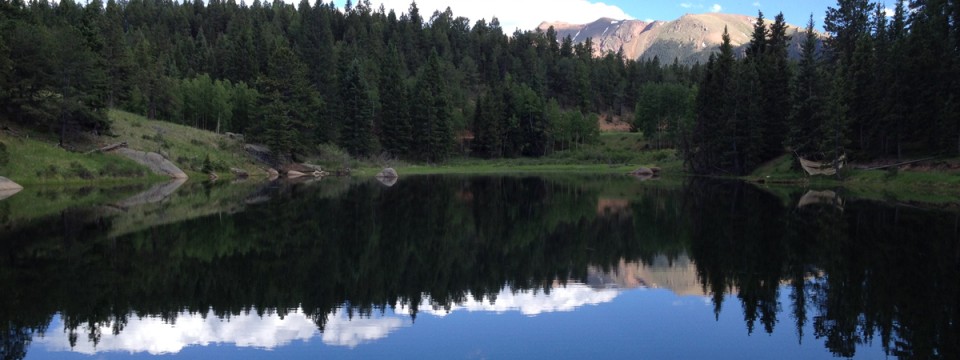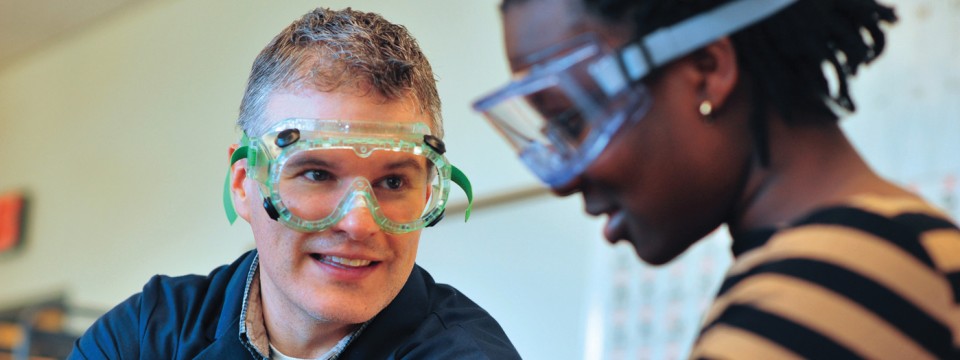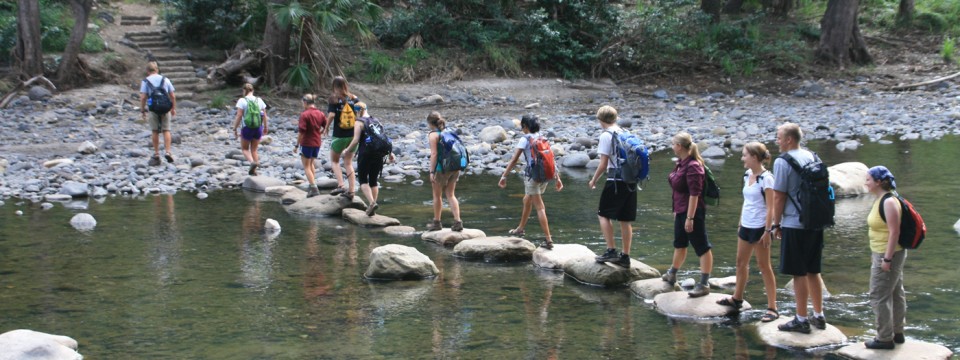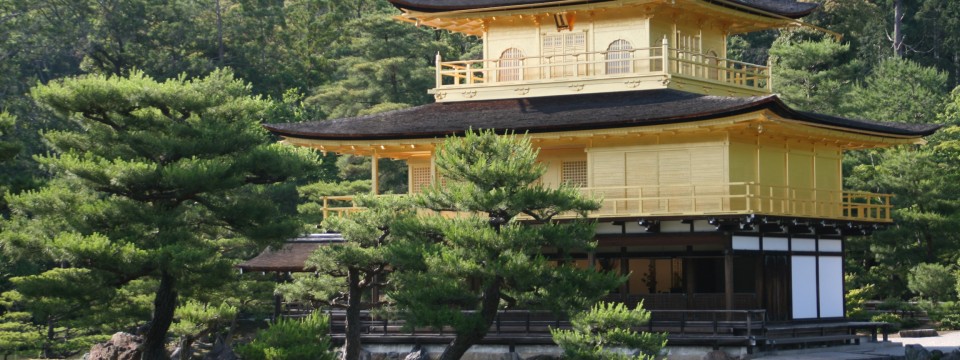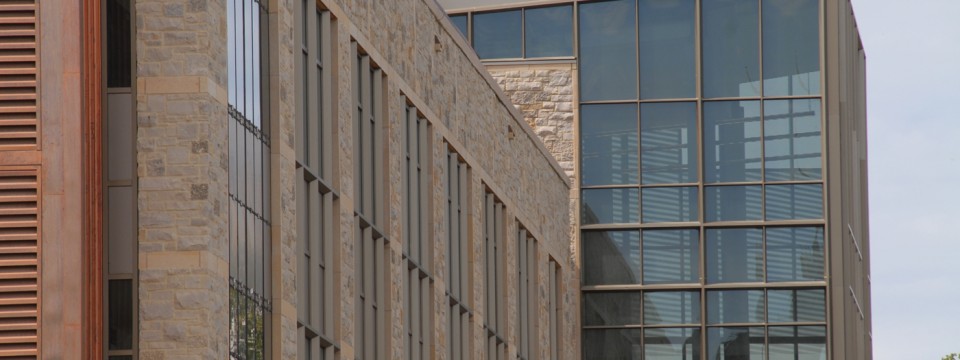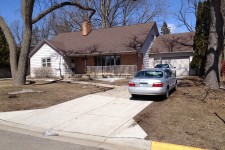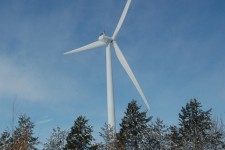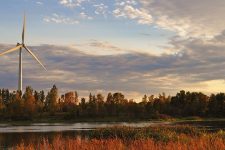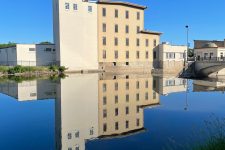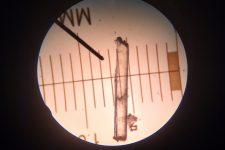-
Link to Common Read Shared Docs
-

A Chemist goes to the Movies… STINK!
STINK! takes its viewers on the drawn-out journey of a single father simply wishing to do best by his children, to cope with the untimely death of his wife, and to learn what produced the odor coming from newly purchased pajamas for his tween daughter. The quest for chemical information follows a tortuous trail...
-
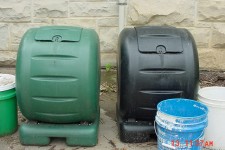
Composting – Take One Step Forward
I thought it would be good to use composting as a way to introduce something my spouse and I call, One Step Forward. The One Step Forward framework provides some background information about a given topic, a few how-to’s, and resources you can use to learn more about the topic or pursue your own actions.
-
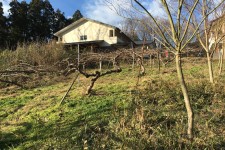
Building Community in the Kitchen
On a hilltop tucked into the northern section of the Kanto Plain in Tochigi Prefecture, Japan is the Asian Rural Institute (ARI), a rural leadership training center and working organic farm. ARI grows and prepares over 90% of what they eat, including fresh fruit, vegetables, rice, wheat and soybeans.
-
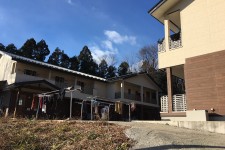
Projects at the Asian Rural Institute
One of the distinct advantages of working with undergraduates, is the creative, inquisitive energy they bring to the table. This month I threw them into the deep end. I asked them to develop some collaborative research projects, define their contributions to the project, and work with a community partner in a country other than their own.
-
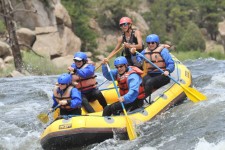
Contested Spaces – Arkansas River Haiku
A haiku in honor of the 2014 ACM-SAIL Contested Spaces learning seminar in Colorado and to a great rafting team. There is tremendous opportunity in this experience to consider how integral theory applies to thinking about environmental learning, action, and reflection.
-
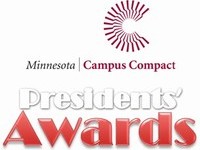
This I believe…as a Civic Engagement Steward
While theory provides a wonderful guide, it is the experiment, the action, and the practice that allows us to grow, to construct knowledge and to create and foster relationships. Practice reveals that meaningful work comes in a variety of forms. It makes visible our natural and social connections while inviting one to explore and even live to one’s values.
-
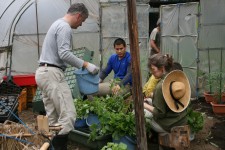
Returning to the new familiar
I felt a profound sense of connectedness and spirit in this place. I listened to the fluttering of birds on wing, the pace of fellow travelers making music with footsteps in the small stones, the wind moving branches and leaves, and to the warmth of the sun shining into my spirit.
-
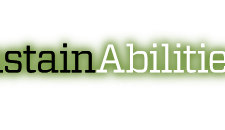
Gift of the Persistently Possible
Just how does one step into the next story? In the liberal arts sense, we do it with thoughtfulness. Thoughtfulness embodied and expressed by people in the careful way they think and in how they care about other people and places.
-
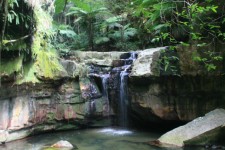
Musings on Green…
During the last two weeks we have enjoyed the Melbourne area during a break, journeyed to Canberra to see Parliament, discussed how environment plays into the political process and we now find ourselves in Sydney. The break allowed us to muse on various “Green” ideas, topics or just free form thoughts. As we reflect back on our first six weeks in country we ask, “Did we need to journey half-way around the world to appreciate how we are inextricably part of nature and to fully appreciate its wonder, diversity and beauty?”
